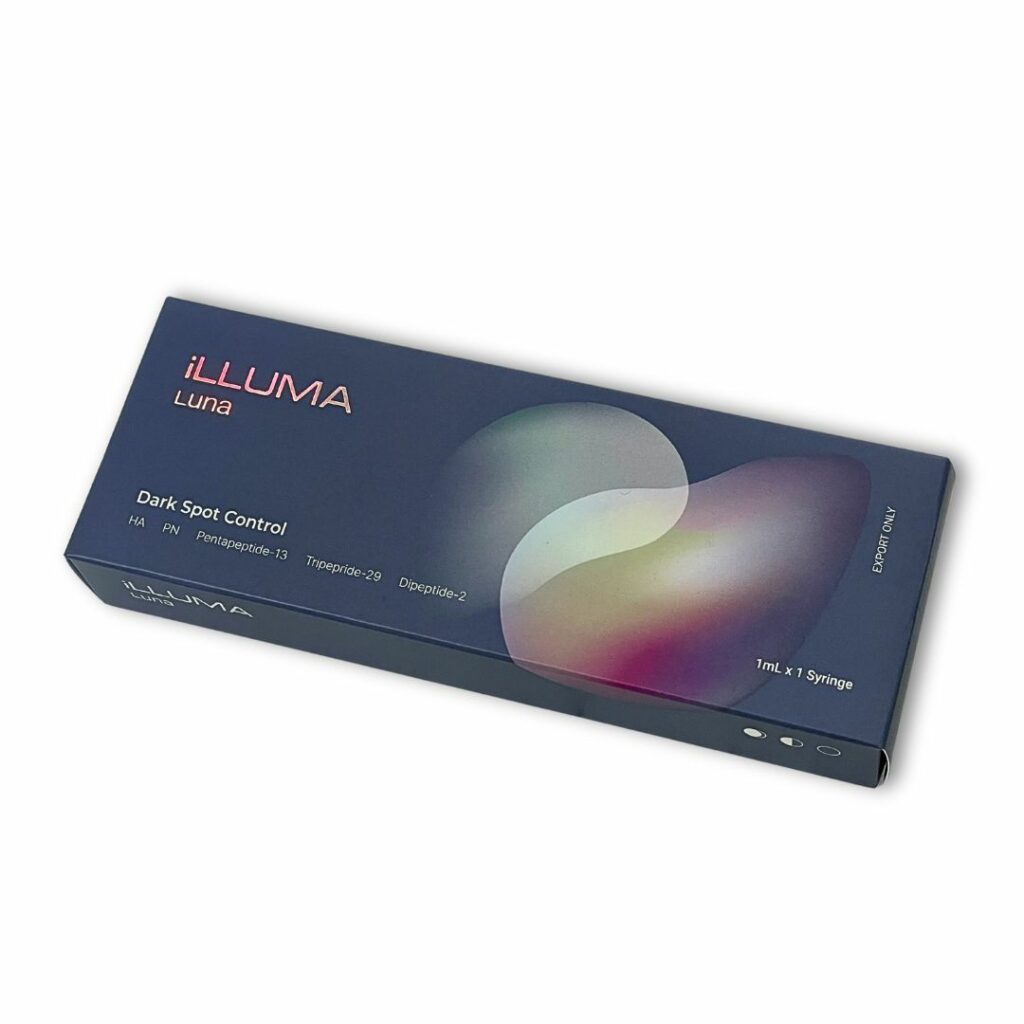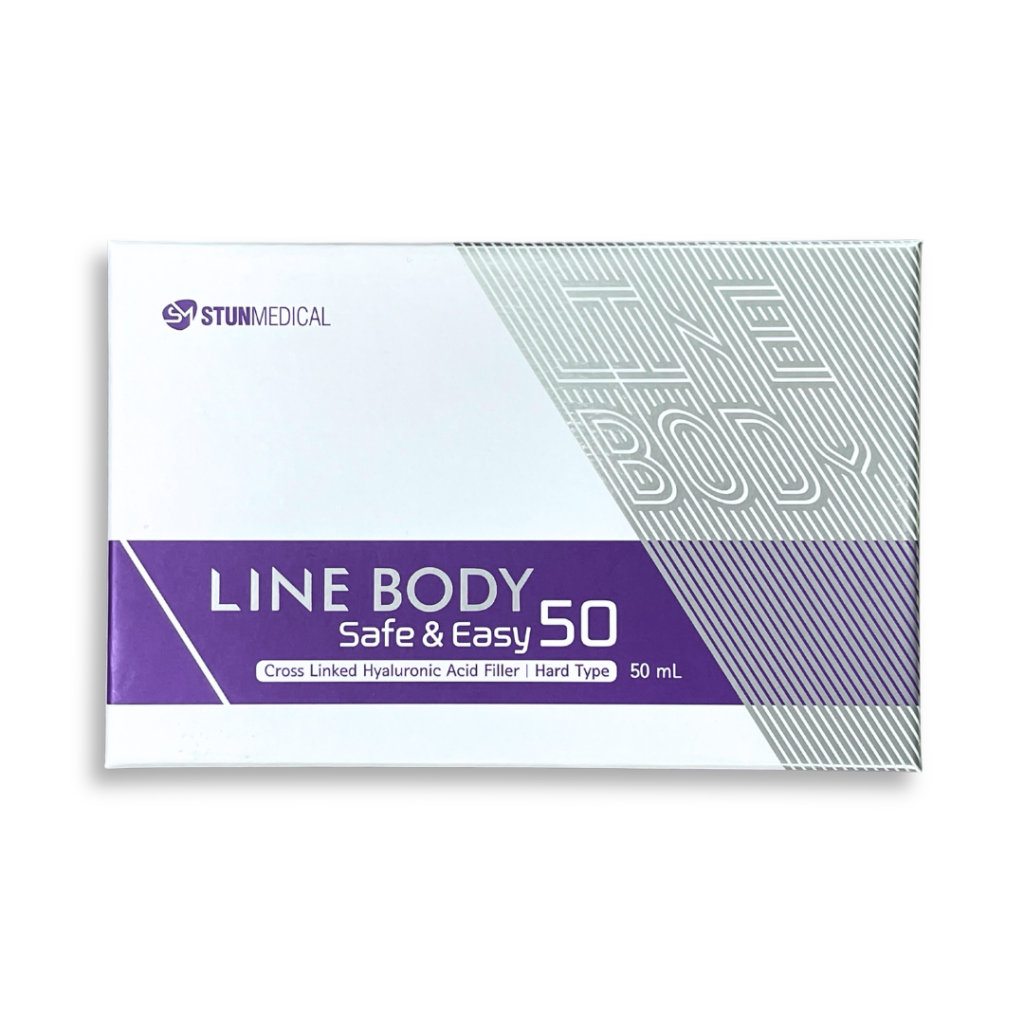The names Botox, Dysport, etc. are on everyone's lips and everyone know that they are quality and safe products. But Korean botulinum toxins are less known in the American market. And because of this, you can often find the opinion that they are somehow inferior or less effective. In this article, we will tell you the differences (if there are any!) between American and Korean botulinum toxins.
Table of Contents
How American are American botulinum toxins?

Botox® is a product of Allergan. This is an Irish company with headquarters in Dublin, Ireland. It was only in 2020 that Allergan was acquired by AbbVie Corporation, based in Chicago, Illinois, USA.

Dysport® is manufactured by IPSEN Biopharmaceuticals, a French company based in Paris.

Xeomin® is a brand name for botulinum toxin manufactured by Merz Pharma KGaA, a German company based in Frankfurt am Main, Germany.

Jeuveau® is a product that comes directly from South Korea. It is produced by Daewoong Pharmaceuticals. Their botulinum toxins under the brand name Nabota are very popular on the Korean market and of course they are available in our shop. And Jeuveau® is just a trade name of Nabota for the American market!
Note also that Botox™ is the registered trademark of the first botulinum toxin product on the cosmetic market. However, without a trademark, this abbreviation can be used to describe all such products.

Now that we've sorted out the names and origins of the various botox products officially approved for sale by the FDA, let's compare them to Korean products in the major categories:
Effectiveness

Without exception, all manufacturers of different botox products around the world use the same active ingredient, botulinum toxin. According to scientific studies, the effectiveness of “American” and Korean botoxes has no statistically significant differences. Practicing physicians say the same thing: the effectiveness of these products is the same.
Safety

South Korea has its own analog of the American FDA – the Ministry of Food and Drug Safety (MFDS). This is a government agency that inspects and monitors the safety of all food, medical devices, cosmetics and pharmaceuticals on the Korean market. All products, including of course the botoxes sold at Meamo Shop, have been rigorously tested by the MFDS and are safe when used by professional doctors and certified injector beauticians.
Quality

We have botox products from three of the largest and most well-known Korean manufacturers, Medytox, Hugel and Daewoong Pharmaceuticals. The quality of their products has been repeatedly tested in a number of large-scale clinical trials, using brands on the US market for comparison. In these studies, Korean botoxes produced results at least as good as FDA-approved products.
Duration of exposure

Korean manufacturers often claim that the effect of their products lasts longer than that of “American” analogues. However, Meamo experts have carefully studied the available scientific publications and have not found any confirmation of this fact. Korean botulinum toxins have the same duration of exposure as FDA-approved botoxes. It ranges from 4 to 6 months, depending on the individual characteristics of the patient. You can read more about how to prolong the effects of botox injections here.
Cost

The price difference between “American” and Korean botoxes is the first thing that catches your eye. FDA-approved products sometimes cost almost twice as much. However, this has nothing to do with the quality or safety of these products. It’s all about the different financial component of the botulinum toxin business. In the US and EU, the cost of securing production, licenses, wages, etc. is much higher. And South Korea’s economic policy is deliberately structured to stimulate new high-tech industries, including injectable cosmetology.
Conclusion
As we can see, American, European and Korean botoxes are practically indistinguishable in terms of effectiveness and safety. The only significant difference is the price. Products from South Korea are much cheaper, which is due to more favorable conditions for local manufacturers of cosmetic products.

List of scientific sources used:
- Witmanowski H., Błochowiak K. The whole truth about botulinum toxin – a review. Postepy Dermatol Alergol. 2020 Dec;37(6):853-861. doi:10.5114/ada.2019.82795.
- Savkina M.V., Krivykh M.A., Sayapina L.V., et al. Botulinum toxin preparations: areas for improvement and issues of standardization. Biological Products. Prevention, Diagnosis, Treatment, 2023, № 3, p. 262-274. doi:10.30895/2221-996x-2023-23-3-262-274
- Ministry of Food and Drug Safety. URL: https://www.mfds.go.kr/eng/index.do
- Oh S.M., Kim H.M., Ahn T.H., et al. Aesthetic doctors' perception and attitudes toward tolerance in botulinum toxin. Skin Res Technol. 2024;30(4):e413691. doi:10.1111/srt.13691
- Rho N.K., Han K.H., Kim H.S. An Update on the Cosmetic Use of Botulinum Toxin: The Pattern of Practice among Korean Dermatologists. Toxins (Basel). 2022;14(5):329. Published 2022 May 4. doi:10.3390/toxins14050329.
- Frevert J., Ahn K.Y., Park M.Y., Sunga O. Comparison of botulinum neurotoxin type A formulations in Asia. Clin Cosmet Investig Dermatol. 2018;11:327-331. Published 2018 Jul 5. doi:10.2147/CCID.S160723.
Share this post on social media
Like this post
Copyright © 2024 Meamo Co. Ltd. All Rights Reserved.
No part of this publication may be reproduced, distributed, or transmitted in any form or by any means, including photocopying, recording, or other electronic or mechanical methods, without the prior written permission of the author, except in the case of brief quotations embodied in critical reviews and certain other noncommercial uses permitted by copyright law. For permission requests, write to the author, addressed “Attention: Permissions Coordinator,” at the address below.
Contact email: Support@meamo.co
Related Posts

PLA dermal fillers: Sculptra, AestheFill and BeauХ/BeauY. How to choose the best?
In our review article on dermal fillers, we wrote that there are two main types of fillers: hyaluronic acid-based fillers

Skinbooster injections – an A to Z guide
Skinbooster injections – an A to Z guide Table of Contents How to use skinboosters: where, how much, how often?














































































